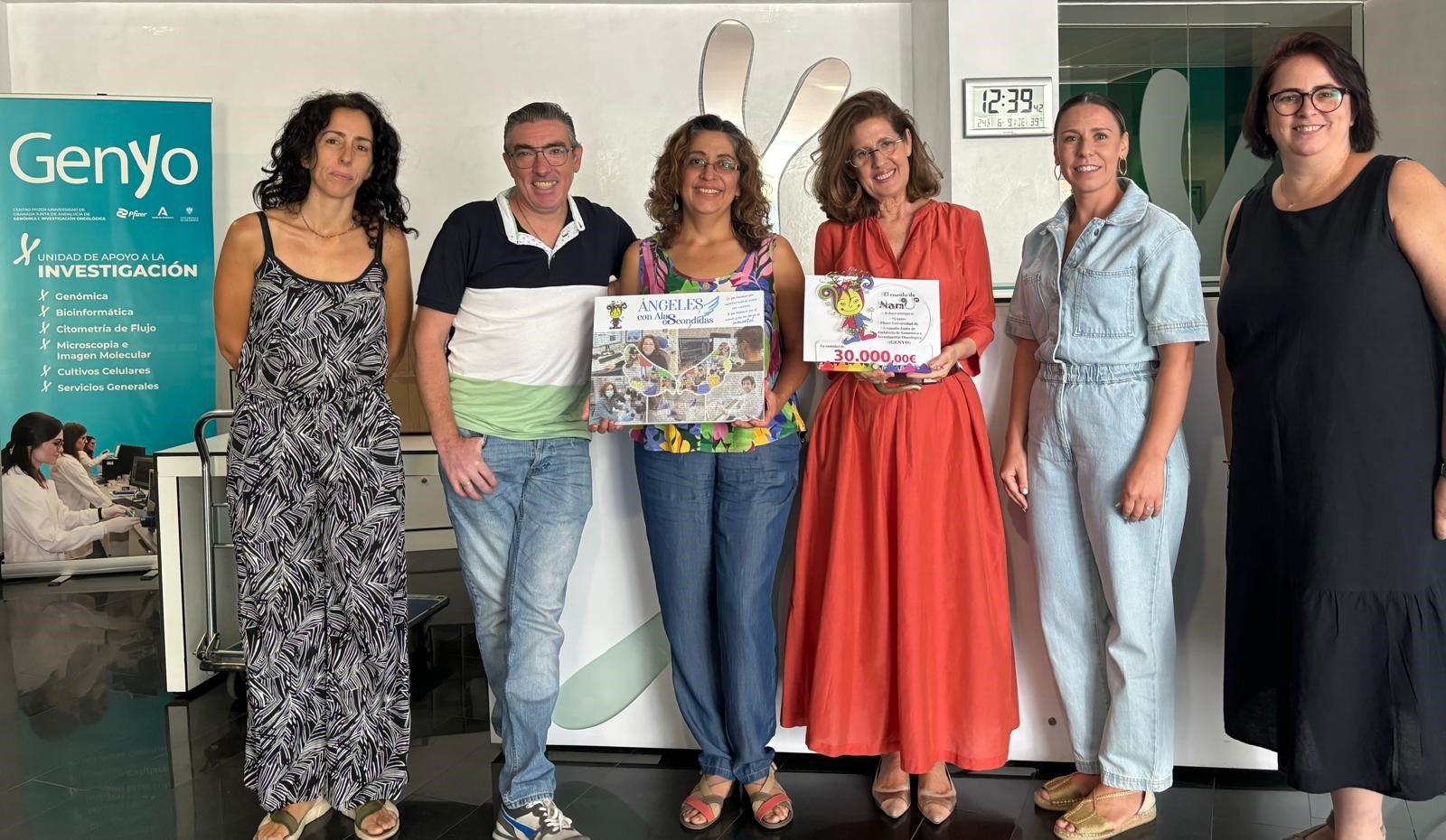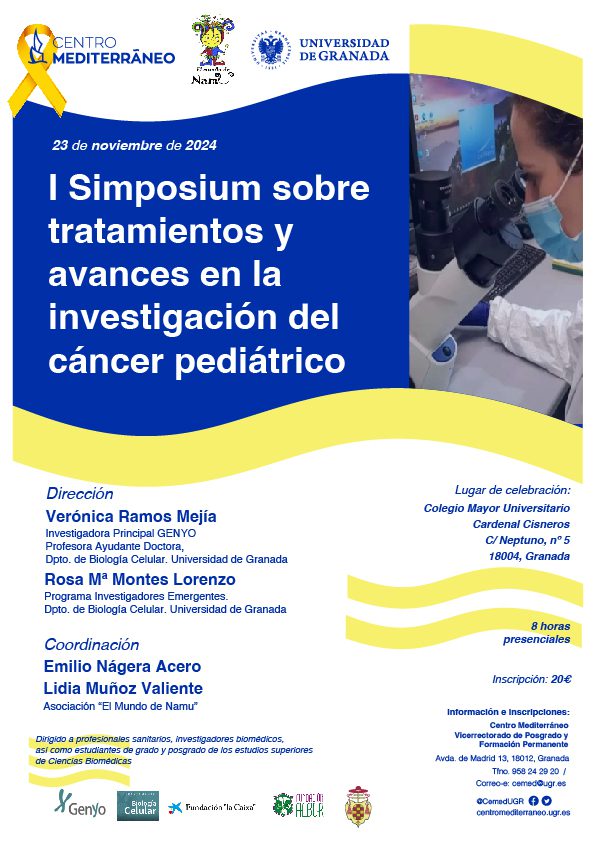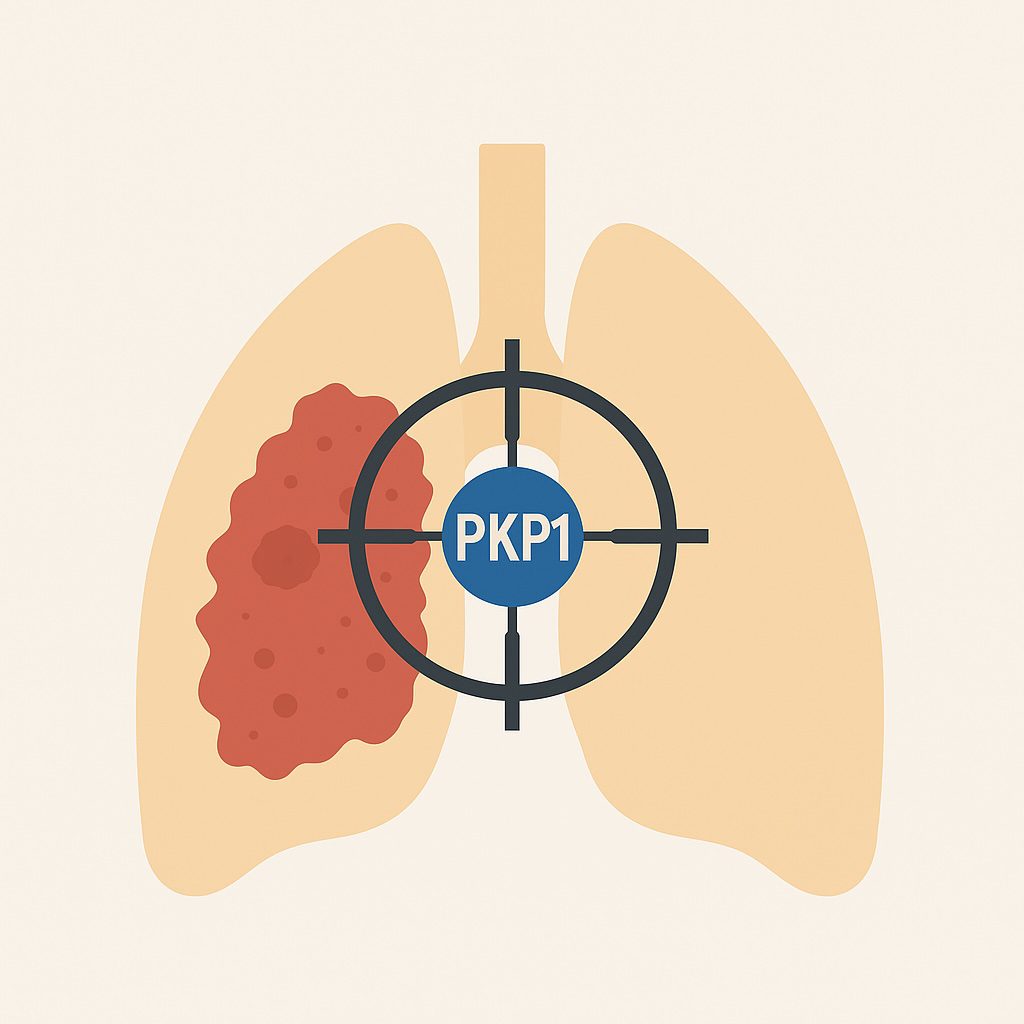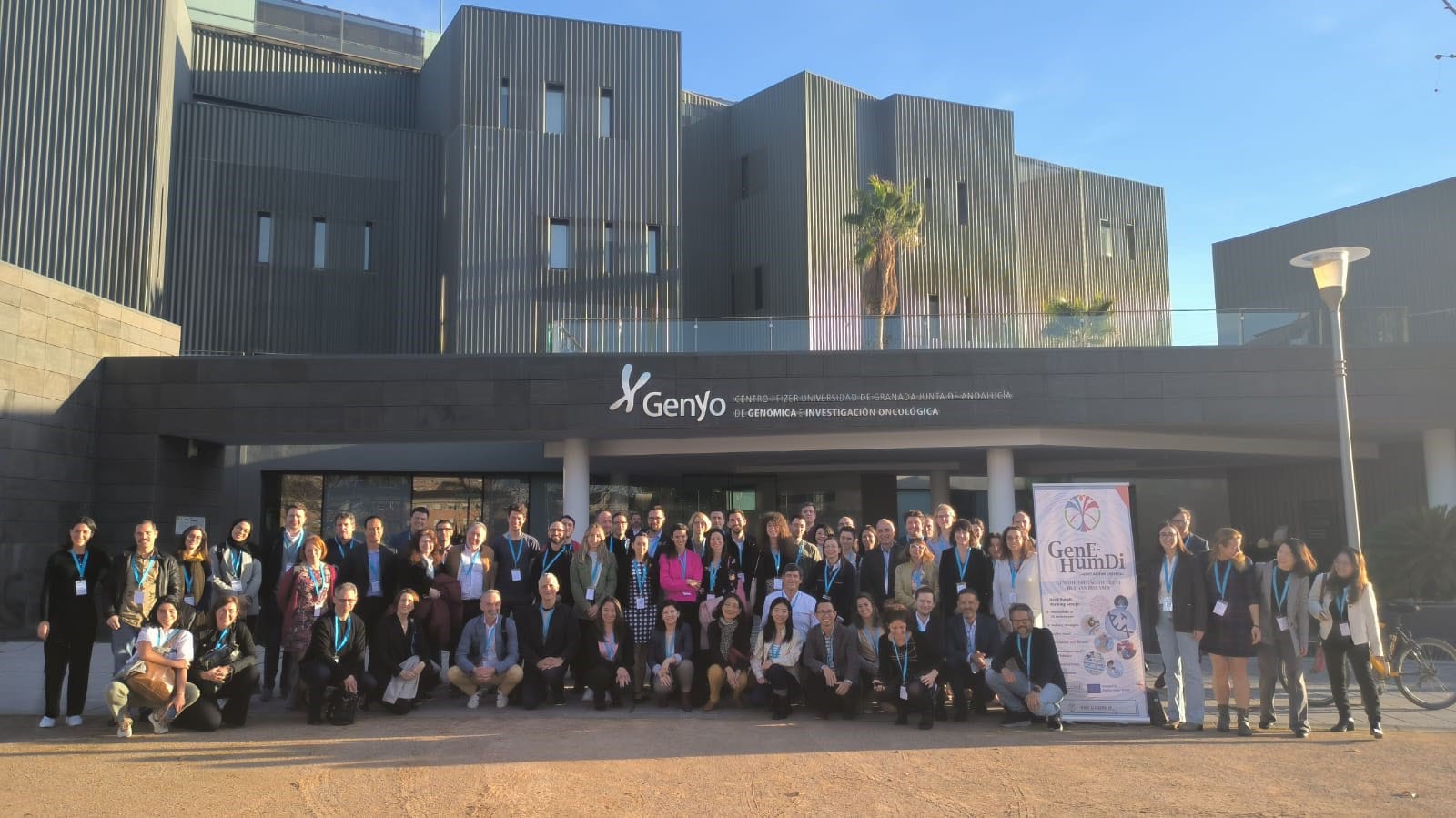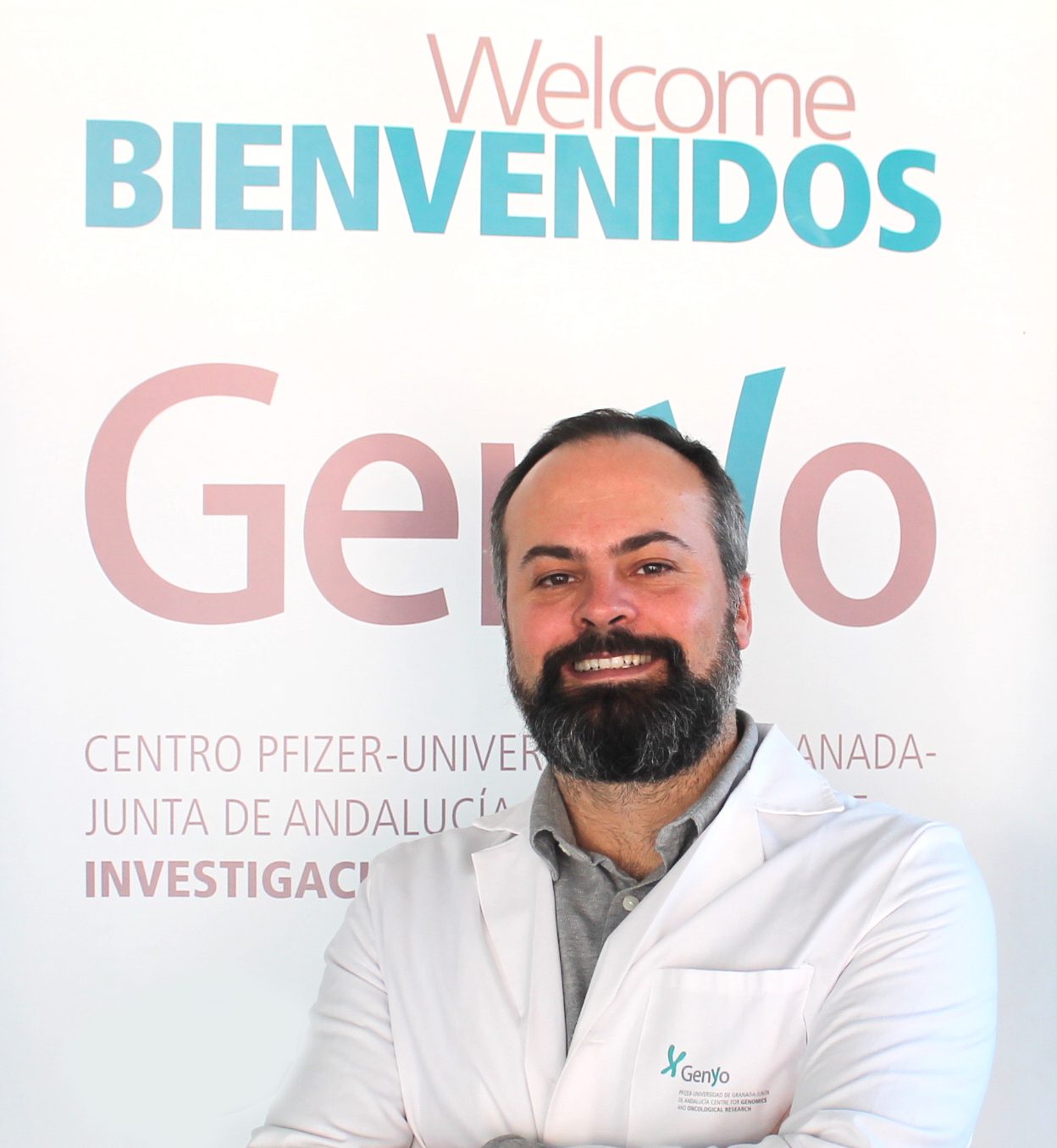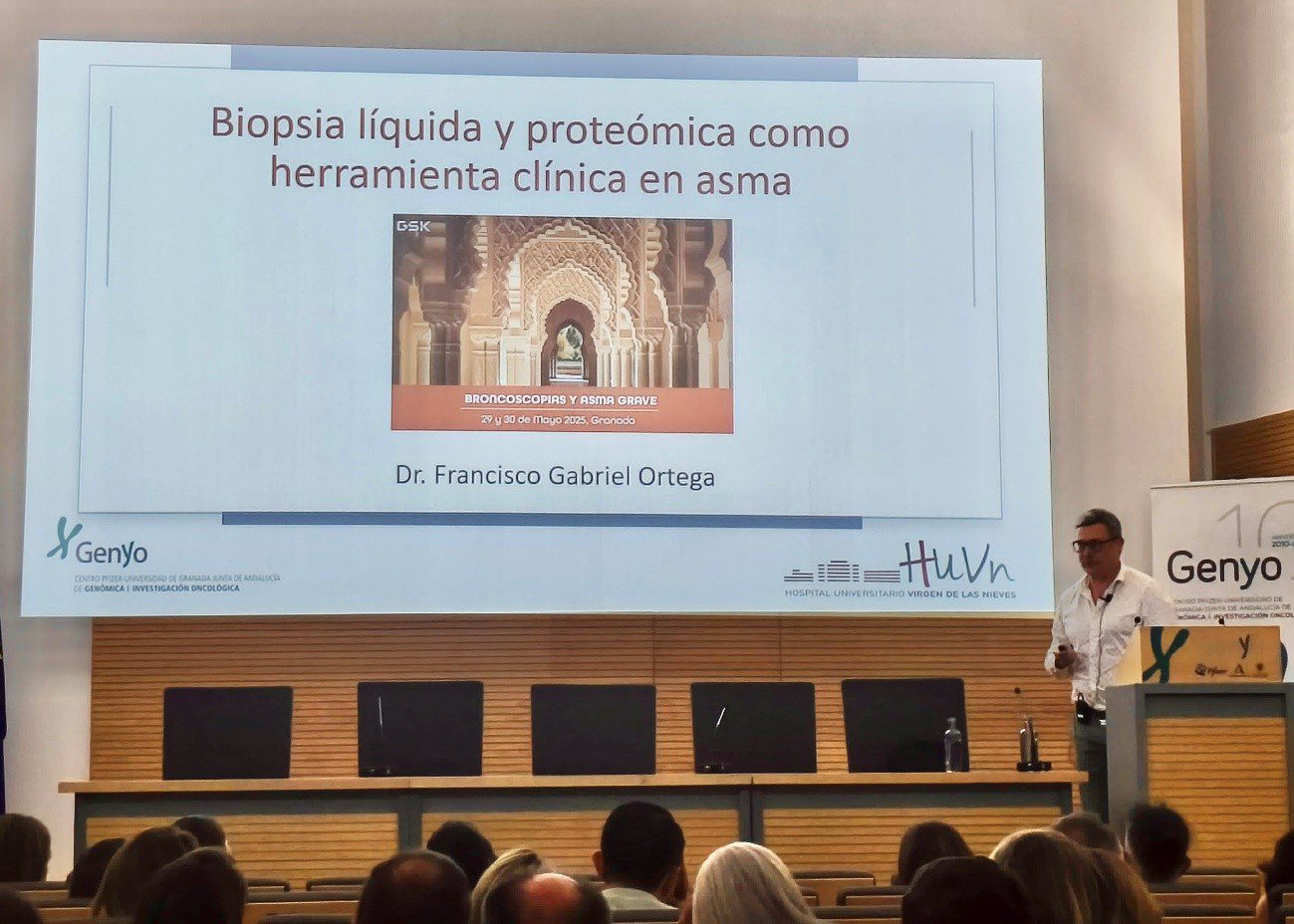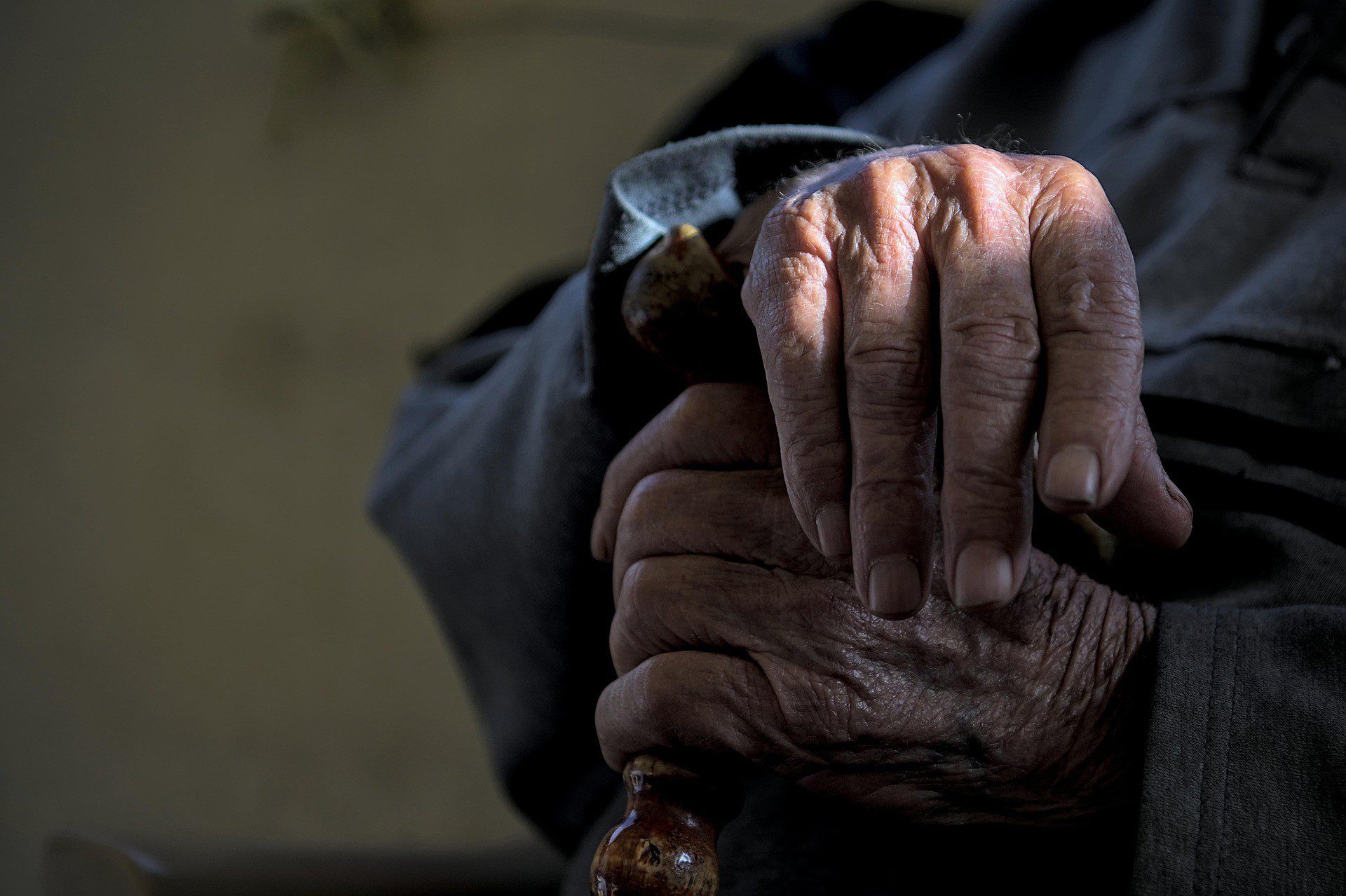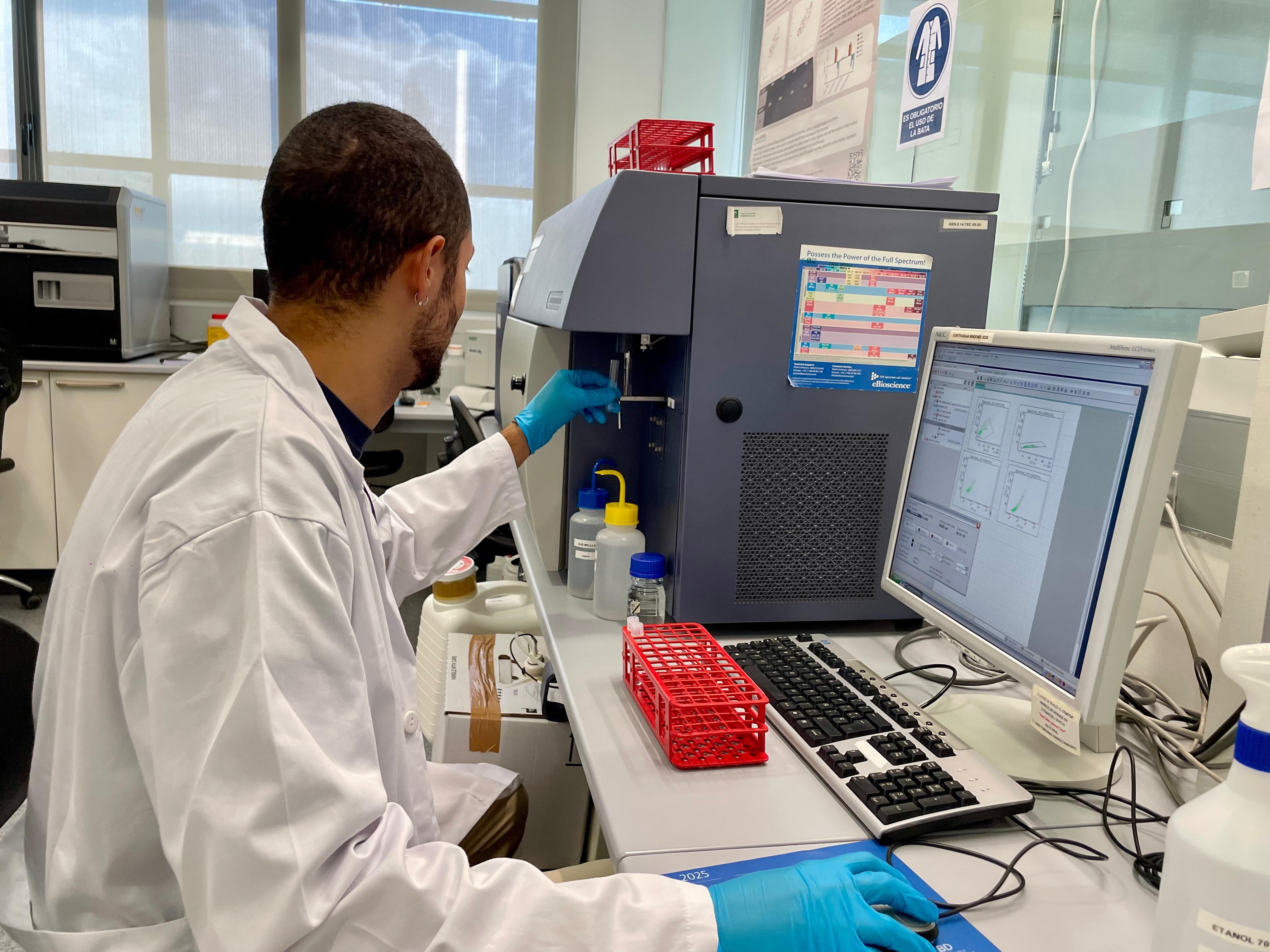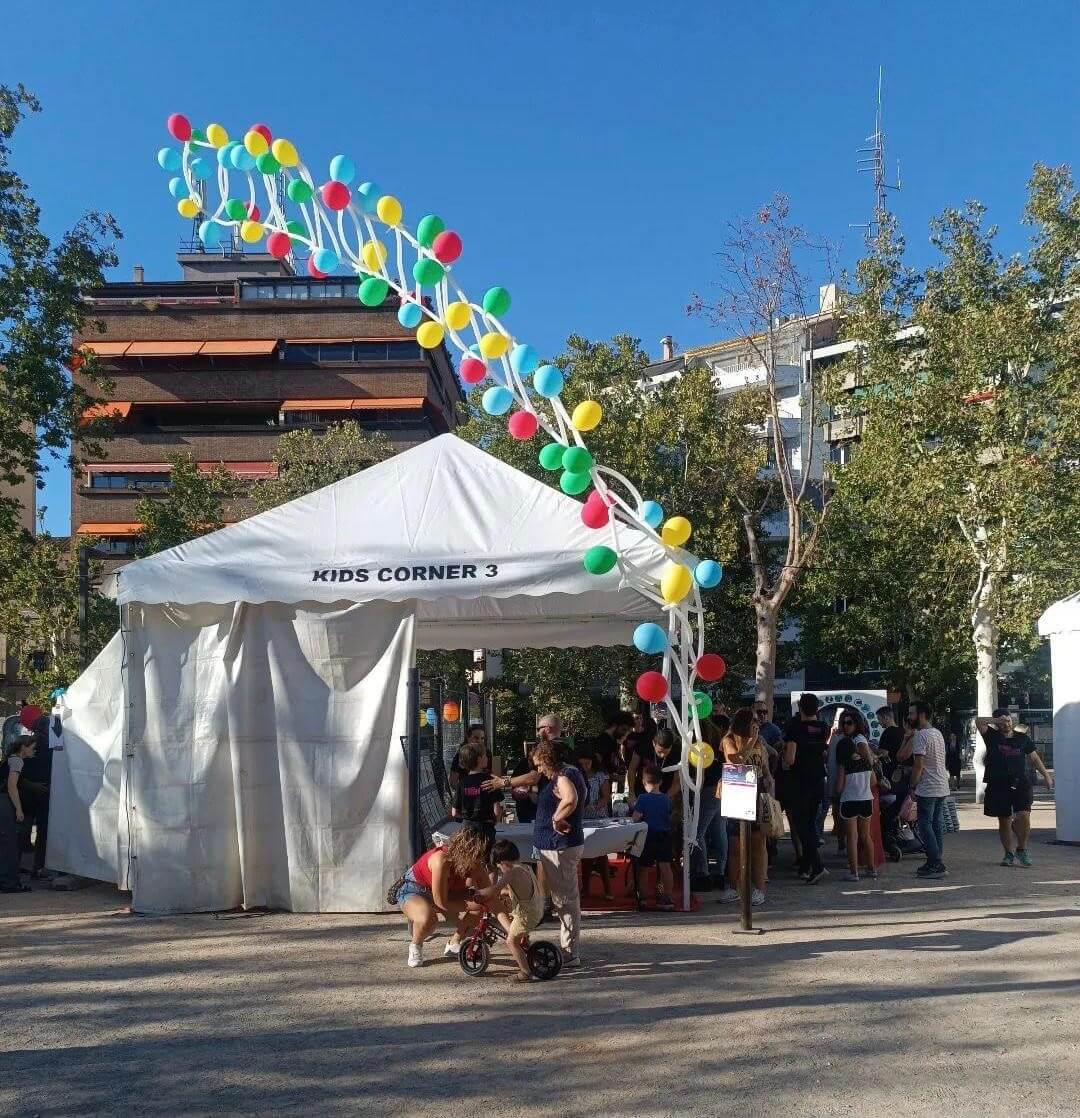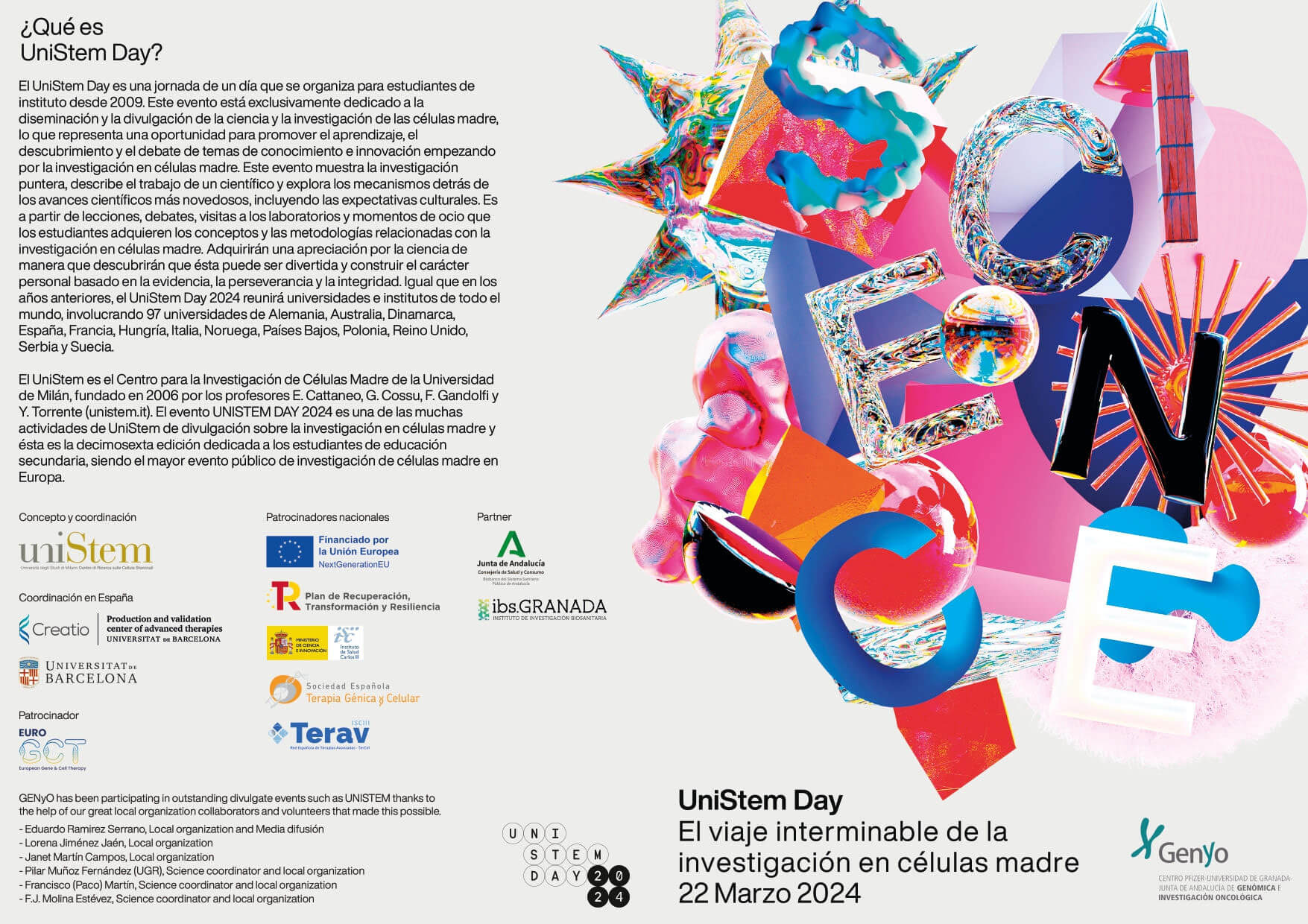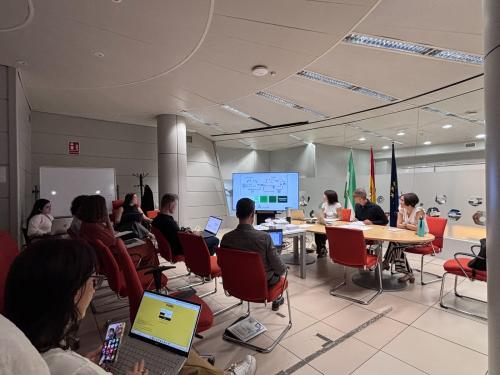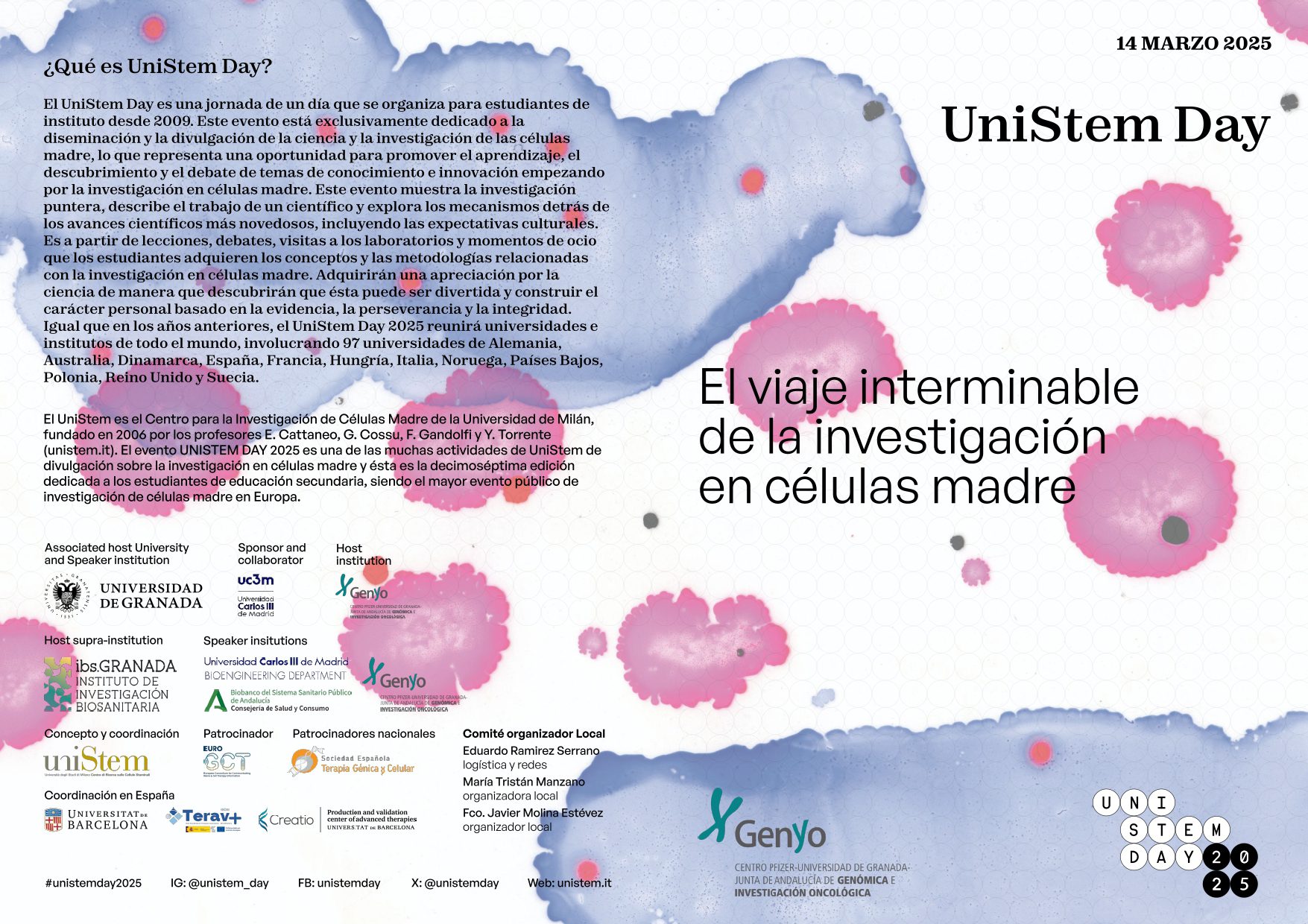
There are no projects in the garbage can.
The research offers a new predictive model based on the expression of microRNAs, which could improve risk classification and personalisation of treatment for these patients.
The study entitled ‘MiRNA expression as outcome predictor in paediatric AML: systematic evaluation of a new model’, published in npj | Genomic Medicine, analyses how the expression of microRNAs – small ribonucleic acid molecules that play a crucial role in gene regulation – can predict survival in paediatric AML patients. The GENyO team has compiled and evaluated previous studies, finding that 16 microRNAs and 4 microRNA signatures with predictive potential have been reported.
However, the microRNAs identified varied between studies, leading the researchers to develop their own model based on data from 1414 paediatric patients. After extensive bioinformatics analysis, they were able to establish a new signature composed of 37 microRNAs. This model was able to generate a predictive survival score for each patient, demonstrating greater accuracy than previous studies. This advance could significantly improve risk classification and treatment optimisation in paediatric AML patients.
For several years, the GENyO research group led by Dr. Ramos has been supported by the association ‘El Mundo de Namu’, an organisation committed to childhood cancer research and support for hospitalised children. This organisation, which celebrates its tenth anniversary this year, donated €30,000 last September to support the group’s research into childhood cancer.
To commemorate 10 years of this work, ‘El Mundo de Namu’ together with Dr. Ramos and Dr. Rosa Mª Montes, are organising the ‘1st Symposium on Treatments and Advances in Paediatric Cancer Research’, to be held on Saturday 23rd November 2024 at the Mediterranean Centre of the University of Granada (CEMED), in Granada. This event is aimed at UGR students and biosanitary staff, and aims to share the latest scientific advances in this field.
For more information on this research, you can consult the full publication at: https://www.nature.com/articles/s41525-024-00424-w
See more news


